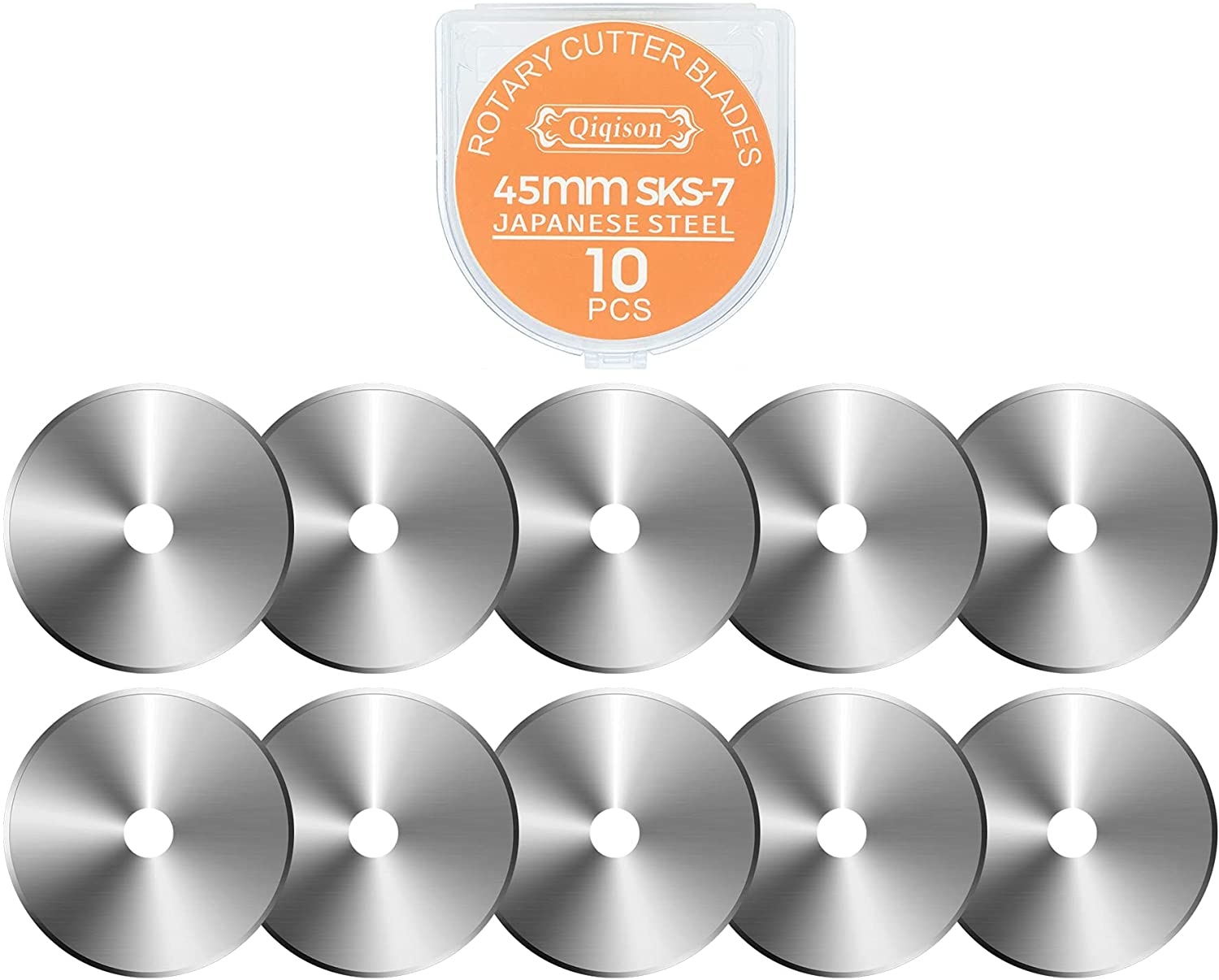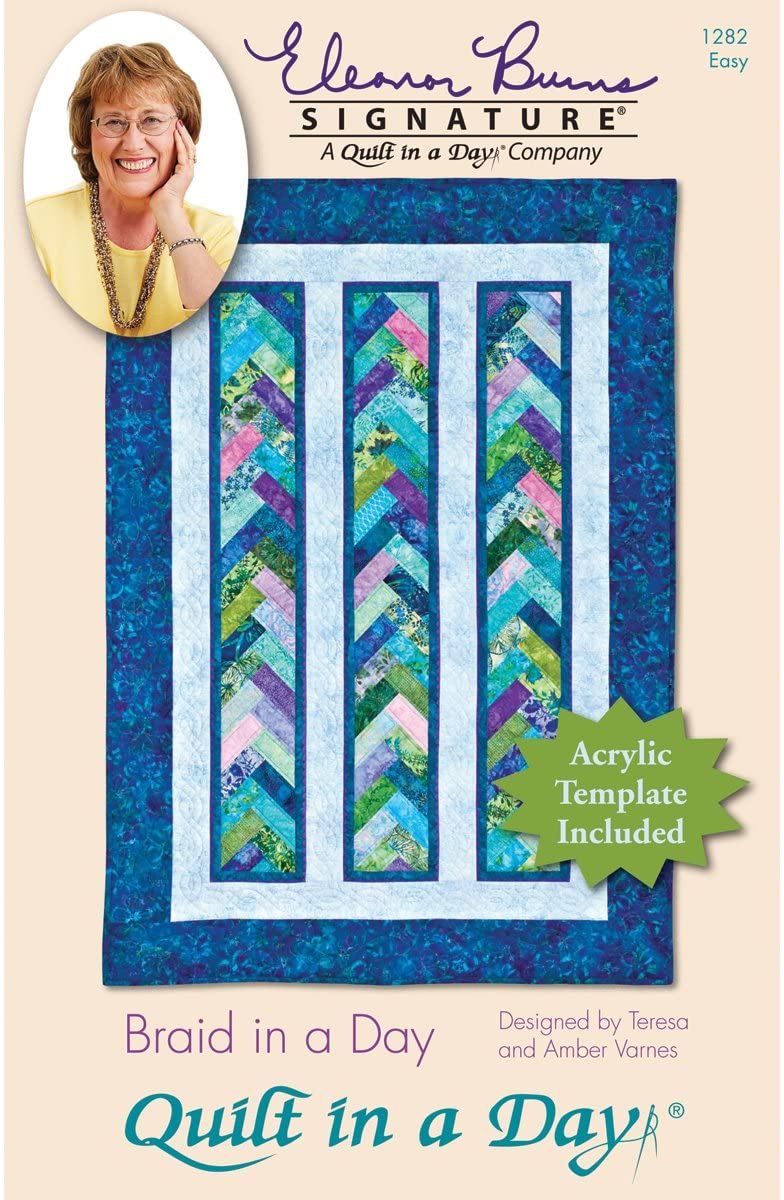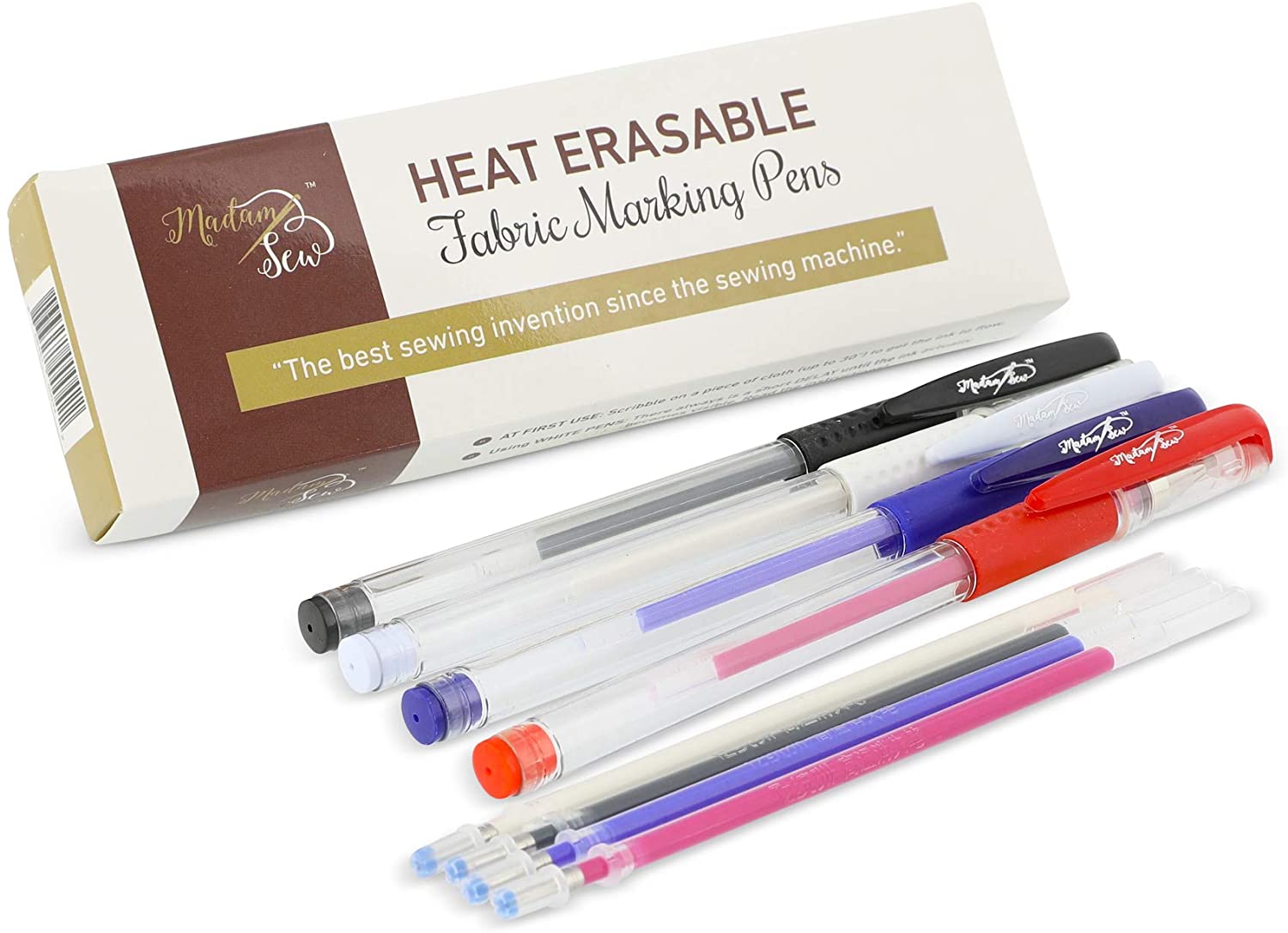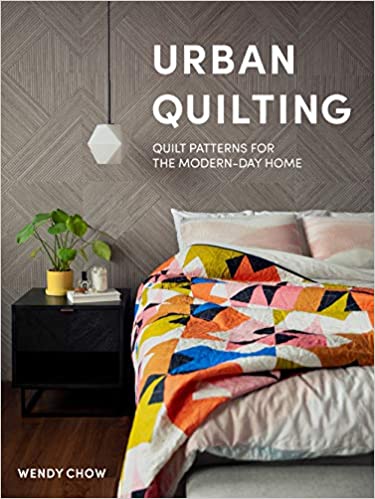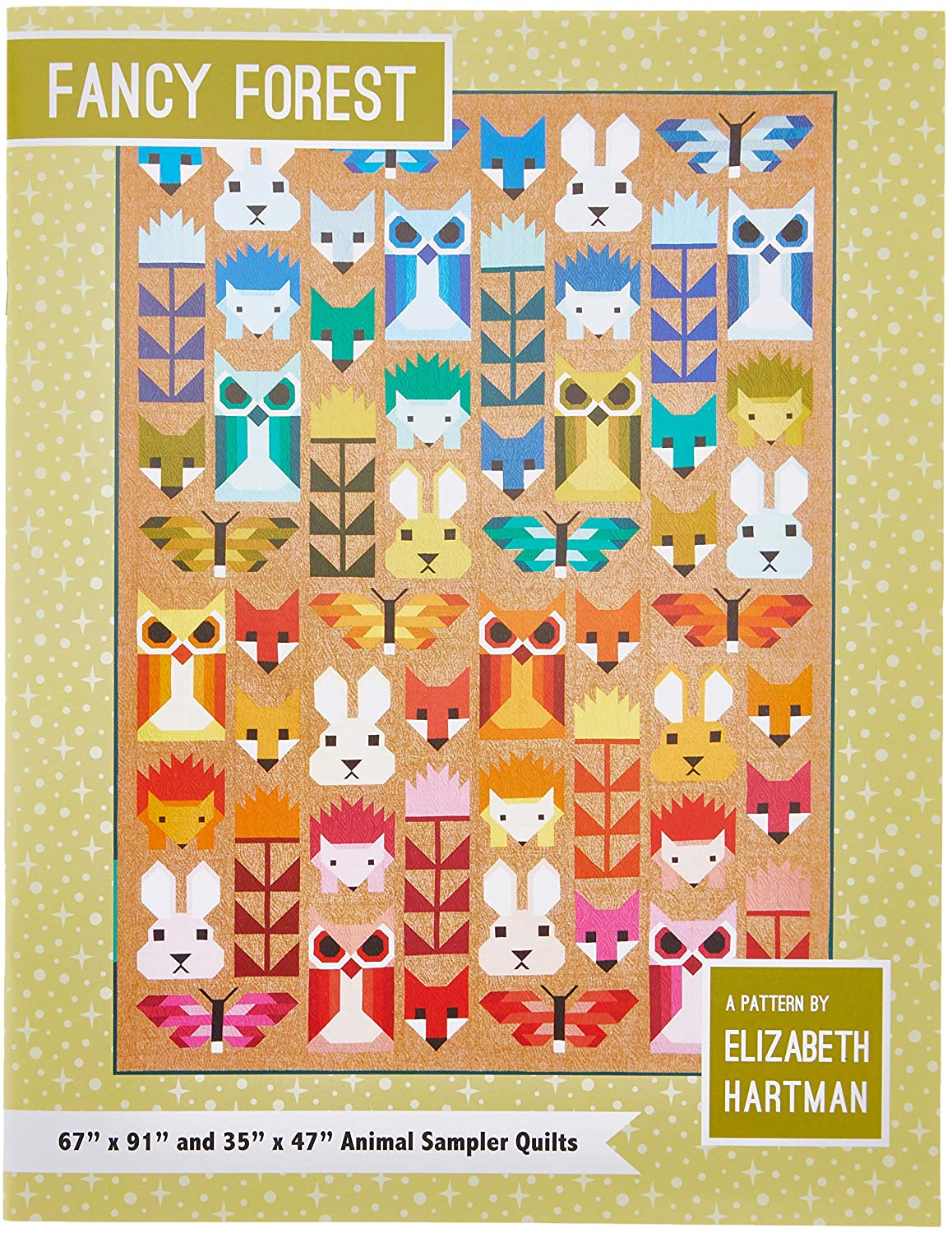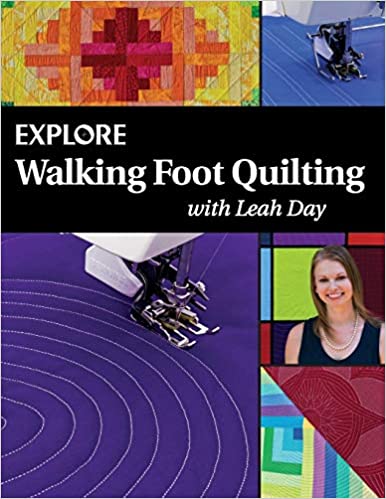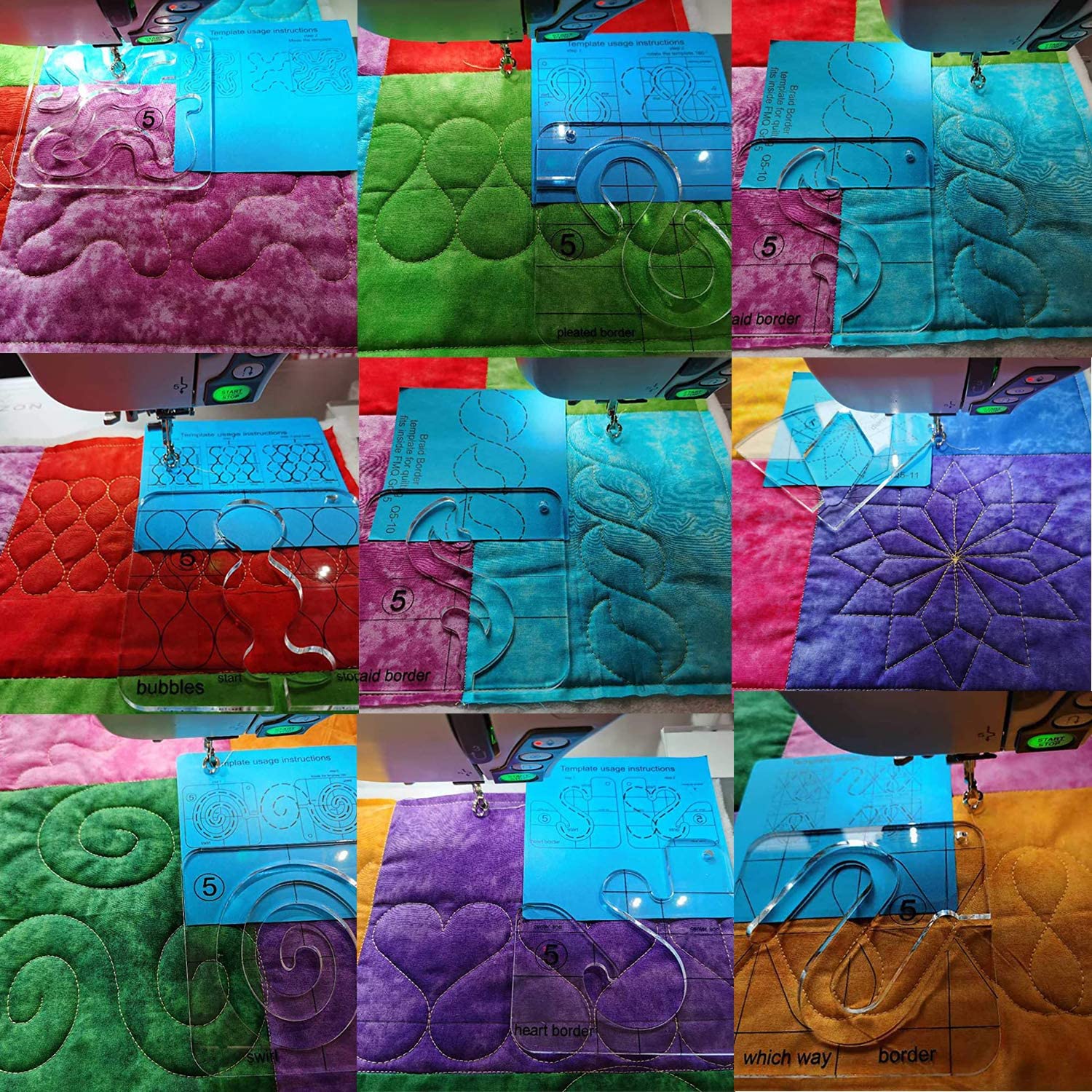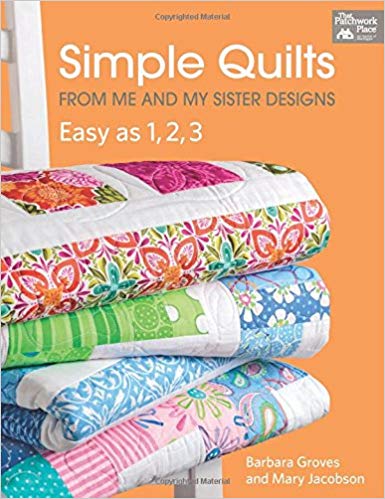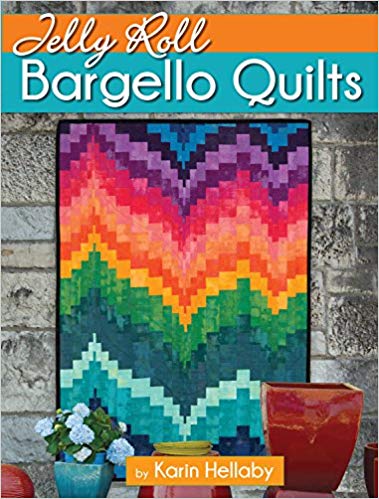Qiqison Wear-Resistant Rotary Cutter Blades Quilting Supplies
Last updated: October 4, 2021
A high-quality set of rotary-cutter blades should be a part of every quilter's supplies. This set is forged from Japanese steel that can cut through 10 layers of fabric at once. In addition to being seriously sharp, the blades are also durable and wear-resistant.
We looked at the top Quilting Supplies and dug through the reviews from some of the most popular review sites. Through this analysis, we've determined the best Quilting Supply you should buy.
Product Details
Key Takeaway: This set of quilting supplies includes 10 rotary cutter blades that work with 45-millimeter rotary cutters.
In our analysis, the Qiqison Qiqison Wear-Resistant Rotary Cutter Blades placed 4th when we looked at the top 9 products in the category. For the full ranking, see below.
From The Manufacturer
What You Will Get. 10pcs 45mm rotary blades and 1pc plastic box that is easy to storage. Please kindly note there are also some lubricating oil inside to prevent from scratches and keep them sharp. Sharp and High Quality. Premium Japanese Steel SKS-7 material, 4 TIMES SHARPENING PROCESSES during manufacturing, to make sure our blades are sharp and long life, also not easy to break, can easily cut 10 layers of fabric at one time. Durable and wear-resisting. Tungsten alloy makes the blades of rotary cutter keeping hardness and wear-resistance. Widely Used. The roller blades are compatible with different 45mm rotary cutters, such as Fiskars/Olfa/Dafa/Martelli etc, also can be used to cut fabric, fleece, felt, vinyl, leather, cardboard, wallpaper and more. Qiqison’ service. Any questions please feel free to contact us, we are sure to give you a satisfactory solution.
